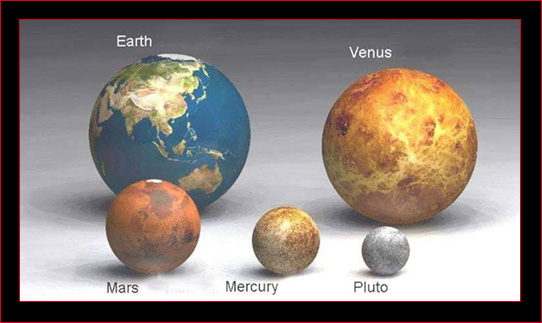The annual summer show of falling stars will peak tomorrow afternoon when it will be invisible, so tonight might be our best opportunity to catch the show.
The meteor shower will be somewhat difficult to see when it peaks after midnight because the Moon is still quite bright in the sky; astronomers suggest watching between 9 and 11 pm your local time.
Records observing the Perseid meteor shower date back 2000 years to ancient Chinese records of meteoric phenomenon (according to the book Meteors by Charles Olivier. The Perseid shower was also known as the “tears of Saint Lawrence” because they occurred on the anniversary of the martyrdom of that saint.
Spaceweather reports that at 8:00 UT (4 am EDT) on August 12 the Earth will pass through a denser-than-usual filament of dust from the shower’s parent Comet Swift-Tuttle, and for an hour or so the rate of showers could surge to 200 per hour.

